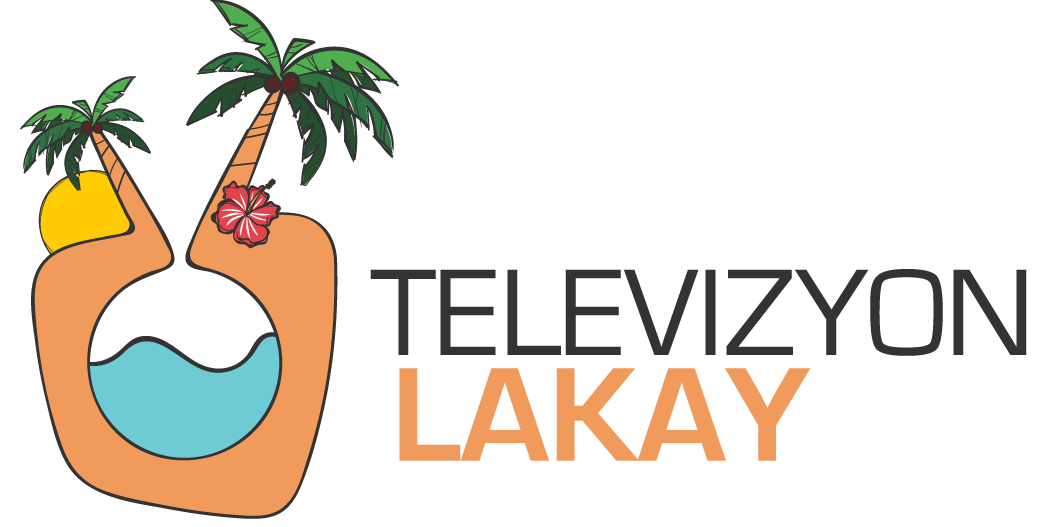APA’s motive of preventing development of Amerindian Villages exposed – VP
 https://lcds.gov.gy/summary-of-feedback/ providing records showing extensive consultations were conducted on the LCDS 2030 and showing names of persons consulted, dates and minutes of discussions, including some of the persons now putting forward inaccurate information.
https://lcds.gov.gy/summary-of-feedback/ providing records showing extensive consultations were conducted on the LCDS 2030 and showing names of persons consulted, dates and minutes of discussions, including some of the persons now putting forward inaccurate information.
Thousands of persons were consulted, starting with four-hour cluster sessions, which covered in excess of 200 Indigenous Communities over the seven-month period. During these sessions, Guyana’s jurisdictional/national approach to ART TREES was consulted on and the benefits sharing mechanism was a main part of each session. The sessions led to suggestions, that in turn, informed the evolution of the benefits sharing mechanism that was documented in the July 2022 version of the LCDS; this was then reviewed by the National Toshaos’ Council and other key stakeholders.
Guyana’s ART TREES engagement was also (i) consulted on at the National Toshaos’ Conference in July 2022 and a resolution passed supporting this engagement: https://lcds.gov.gy/endorsement-of-lcds-2030-by-the-national-toshaos-council/; (ii) approved by a Multi Stakeholder Steering Committee overseeing the LCDS: https://lcds.gov.gy/mssc-approves-finalisation-of-ldcs-2030/; and (iii) tabled and debated in the Parliament of Guyana with a resolution passed in August 2022: https://lcds.gov.gy/parliamentary-resolution-lcds-2030/. The Endorsement, Approval and Resolution each outline the focus of the LCDS 2030, Guyana’s Jurisdictional ART TREES engagement, and the proposed benefits sharing mechanism which were all part of this process of review and debate.
The APA’s accusations are also unfounded as the Government is on record in saying that consultation is not a not a one-off process. As the LCDS 2030 moves into implementation, and revenues are available through the benefit sharing mechanism, individual villages will have the opportunity to continuously deepen their engagement as set out in the Strategy, which emphasizes the ongoing nature of village-led village sustainability plans which must be approved following the engagement of villagers. Each year, opportunities will be provided for input.
The APA makes claims that remarks were made in the consultations that were not captured in the 315-page report on the consultation. The APA – like all members of the Steering Committee – were asked to review the 315-page report before it was finalized and to raise any issues and recommend changes. The public should note that the APA opted to absent themselves from those meetings which considered stakeholders’ feedback and later claimed they had the meeting dates confused.
Guyanese citizens – including indigenous peoples and members of local forest communities – have a lot to be proud of in Guyana’s long-standing stewardship of the forests. They are creating a pathway to overcoming difficult issues for which there are no straight-forward answers, and where the world will benefit from these solutions. Most Guyanese stakeholders are demonstrating innovation and dedication in identifying solutions, as well as respect for others who are wholeheartedly participating in the process.
The Office of the Vice President is concerned and disheartened that thousands of citizens across hundreds of indigenous villages and local communities who are working hard to identify how to advance developmental priorities for their people – are totally unaware that the APA has called for the suspension of the finances to fund these priorities they are formulating for their future.
The APA’s recent efforts fall woefully short on transparency and accountability is needed by the Guyanese public now that they have been called out. The APA should also provide answers, as the Chairman of the NTC has done in his letter to the Editor of the Stabroek Newspapers, has demanded.
The public must be told why the APA is seeking to prevent the process of village planning in each community? Why should this process to develop villages utilizing revenues from the carbon credits programme be frozen? And why would APA, in good faith, prevent Indigenous villages and local communities from accessing carbon credits revenue from 2016 that are already in their bank accounts? What option does the APA offer the 242 villages and communities to meet their most pressing needs, and those they have developed for their own development?
These answers will be hard to come by for the APA, as it reveals their true motive of sacrificing development of Amerindian villages, to foster their political motives. They are not protecting the rights of Amerindian people; the APA is taking that right away from Guyana’s first people.
Office of the Vice President
15th April, 2023


